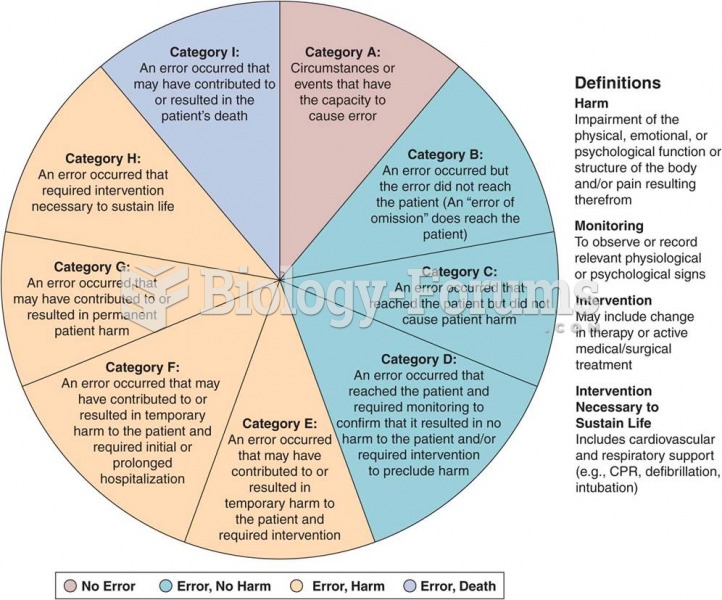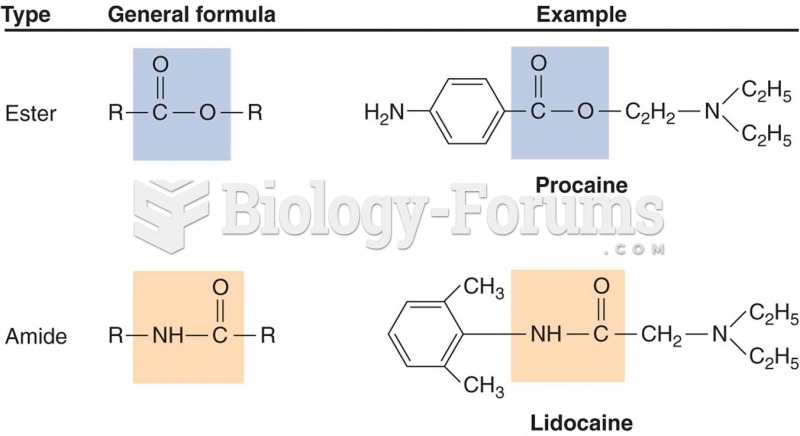Answer to Question 1
Correct Answer: 2
Rationale 1: Chloroprocaine (Nesacaine) is an ester.
Rationale 2: Bupivicaine (Marcaine) is an amide.
Rationale 3: Benzocaine (Americaine) is an ester.
Rationale 4: Tetracaine (Pontocaine) is an ester.
Global Rationale: Bupivicaine (Marcaine) is an amide. Chloroprocaine (Nesacaine) is an ester. Benzocaine (Americaine) is an ester. Tetracaine (Pontocaine) is an ester.
Answer to Question 2
Correct Answer: 3
Rationale 1: Cocaine is a natural ester, found in the leaves of the plant Erythroxylon coca, and used for eye surgery, nerve blocks, and spinal anesthesia.
Rationale 2: Benzocaine (Solarcaine and others) is used as a topical OTC agent for treating a large number of painful conditions, including sunburn, insect bites, hemorrhoids, sore throat, and minor wounds.
Rationale 3: Procaine (Novocain) was the drug of choice for dental procedures from the mid-1900s to the 1960s. About that time, amide anesthetics were developed, and use of the ester anesthetics declined.
Rationale 4: Lidocaine (Xylocaine) is the most widely used amide for short surgical procedures requiring local anesthesia.
Global Rationale: Procaine (Novocain) was the drug of choice for dental procedures from the mid-1900s to the 1960s. About that time, amide anesthetics were developed, and use of the ester anesthetics declined. Cocaine is a natural ester, found in the leaves of the plant Erythroxylon coca, and used for eye surgery, nerve blocks, and spinal anesthesia. Benzocaine (Solarcaine and others) is used as a topical OTC agent for treating a large number of painful conditions, including sunburn, insect bites, hemorrhoids, sore throat, and minor wounds. Lidocaine (Xylocaine) is the most widely used amide for short surgical procedures requiring local anesthesia.







